(First upload on October 25 2008. Last on August 23 2024) [ 日本語 | English ]
Taxus cuspidata Sieb. et Zucc.
Mount Usu / Sarobetsu post-mined peatland
From left: Crater basin in 1986 and 2006. Cottongrass / Daylily
HOME > Plant list (植物リスト) > Gymnospermae (裸子植物) > Taxaceae (イチイ科) > Taxus cuspidata
[New Engler's syllabus (新エングラー体系)]
Taxaceae S. F. Gray, yew
|
Class Coniferopsida 球果植物綱(針葉樹綱), or Taxopsida Dioecious microsporophyll → shield-shaped with 6-8 microsporangia Fifteen species in five (to seven) genera, mainly distributed in the Northern HemisphereTaxus L. (イチイ)Arillus (pl. aril) (仮種皮) → red and juicy flesh like a potEight or nine species (or one species with eight or nine varieties T. baccata, European yew T. brevifolia, Pacific yew, western yew T. canadensis, Canadian yew T. chinensis, Chinese yew T. cuspidata, Japanese yew T. floridana, Florida yew T. globosa, Mexican yew T. sumatrana, Sumatran yew T. wallichiana, Himalayan yew |
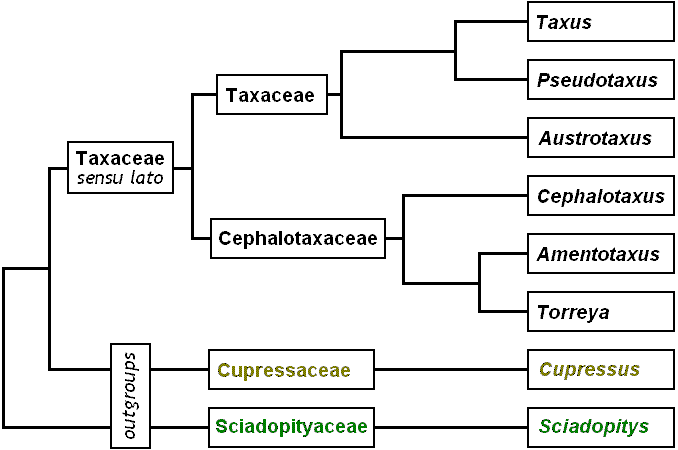
Fig. A phylogeny tree. |
Taxus cuspidata in Hokkaido
|
Ichii (イチイ, 一位/水松), Japanese yew also we call Onko (オンコ) in Hokkaido Araragi (アララギ) Lifeform: dioecious, evergreen shrub/tree (giant tree) Distribution: Japan - Korea - northeast China - southeast Russia Habitat: mainly in mountainous regions
Field training on integrated environmental research (統合環境調査法実習) (fauna and flora 種リスト) |
Seed dispersal: endo-zoochore (animal) var. nana Hort. ex Rehder Kyaraboku (キャラボク, 伽羅木) Distribution: the Japan Sea side of Honshu Stem: dwarf form branching at the base, adapted to snowy regions Leaf: spiral arrangement cv. Aurescens (オウゴンキャラ) Use: medicine (diuresis and diabetes - branch and leaf)f. luteobaccata (Miyabe et Tatew.) Hayashi (キミノオンコ) |
|
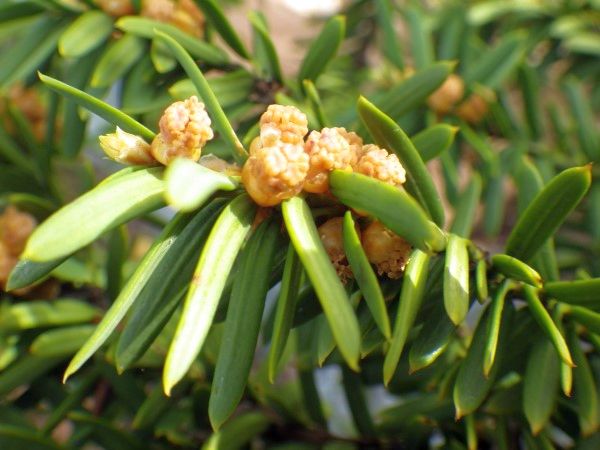 1
1
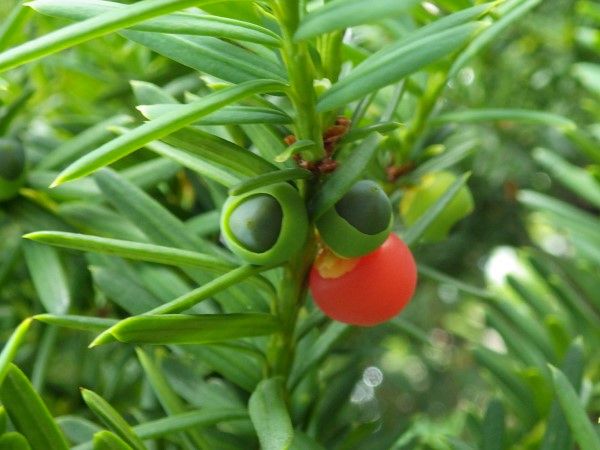 2
2
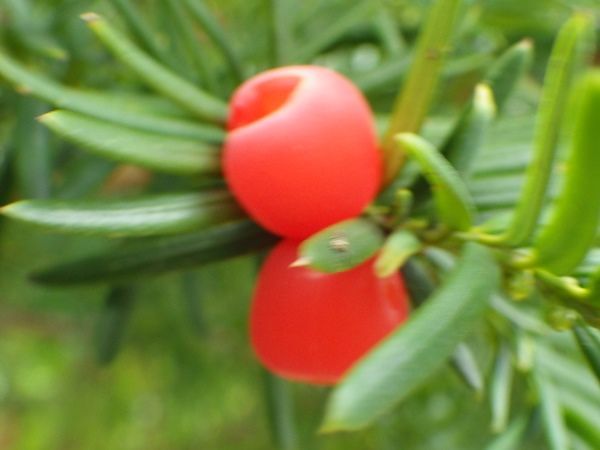 3
3
 4
4
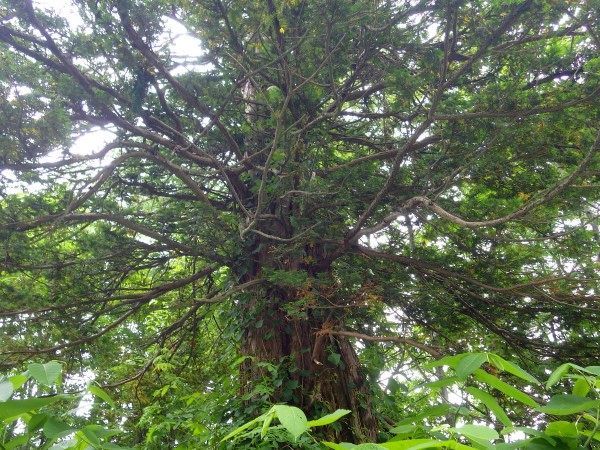 5
5
[1/2] in a Hokko Green Space, East Ward, Sapporo. [1] on April 26 2024. [2] on September 1 2018. [3] in the Arboretum of Faculty of Agriculture, Hokkaido University, close to the Poplar Street on September 27 2016. [4] in front of the Faculty of Engineer, Hokkaido University. [5] a giant tree in northern Hokkaido (高橋峠のイチイ) on June 25 2018. Records: in Hokkaido University Campus (N11/W5) on October 19 2008.
var. nana (キャラボク)
 1
1
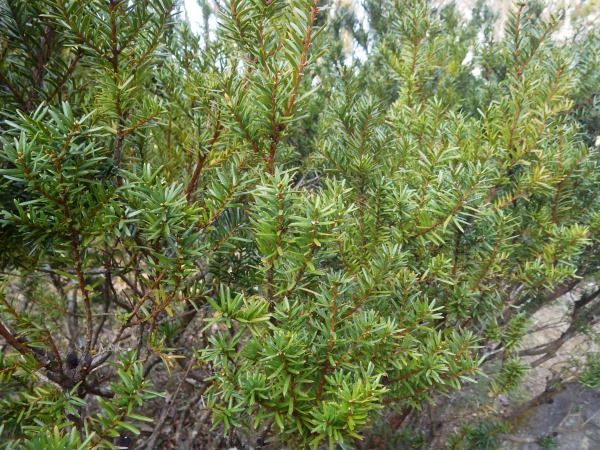 2
2
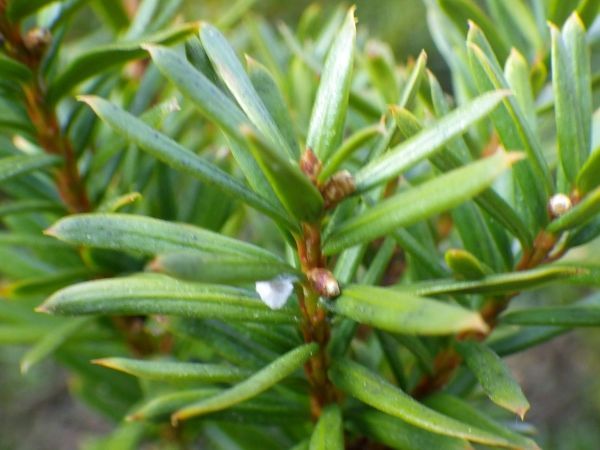 3
3
[1] in the arboretum (樹木園) of Kyushu University Experimental Forest in Ashoro Town, eastern Hokkaido, on June 5 2014. [2/3] in Botanic Gardens, Tohoku University, Natural Monument Aobayama, northern Honshu, on March 23 2016. Record: in the backyard of Arctic Research Center, Hokkaido University, on June 4 2018. In Experimental Station for Medical Plant Studies, Faculty of Medicine, Hokkaido University, on April 23 2021